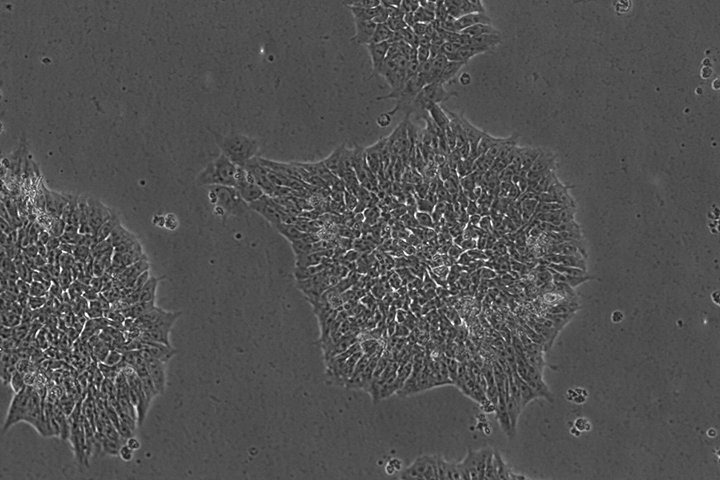Module 3 | Pluripotency and Reprogramming in vitro
Introduction and Learning Objectives:
Module 3 dives into different types of pluripotent stem cells. Students will learn what an embryonic stem cell is, how it is derived, and what makes them pluripotent. There is a special emphasis on defining pluripotency by molecular means and differentiation potential. Understanding pluripotency will unlock reprogramming and the generation of induced pluripotent stem cells. The module ends with an overview of the possible clinical application of pluripotent stem cells as a window into their medical and research potential. Additionally, this module contains an extra set of topics for advanced students interested in pluripotent stem cell biology.
At the conclusion of this module, students should be able to:
identify defining pluripotent stem cell features;
define the principles of reprogramming;
design experiments to test if cells are pluripotent;
describe the embryonic stem cell origin;
understand cellular features that sustain pluripotency;
develop tools to evaluate stem cell potential;
compare different pluripotent stem cells and strategies for obtaining them;
evaluate which diseases and conditions can be modeled using iPS cells
evaluate the use of different types of pluripotent stem cells in experiments or in the clinic.
Core Concepts
1. Establishment of embryonic stem cells (ESCs)
2. Characterization of pluripotent stem cells (PSCs)
3. Molecular mechanisms underlying pluripotency
4. Induction of pluripotency
5. Potential of induced pluripotent stem cells (iPSCs) in basic and clinical applications
Advanced Topics
Alternative PSCs
Reprogramming using defined factors
Mechanisms of reprogramming
Module 1 | Introduction to Stem Cell Biology
Module 2 | Introduction to Development
Module 3 | Pluripotency and Preprogramming in vitro
Module 4 | Adult Stem Cells and Regeneration
Module 5 | Directed Differentiation and Transdifferentitation
Module 6 | Leveraging Tools to Study Stem Cell Biology

